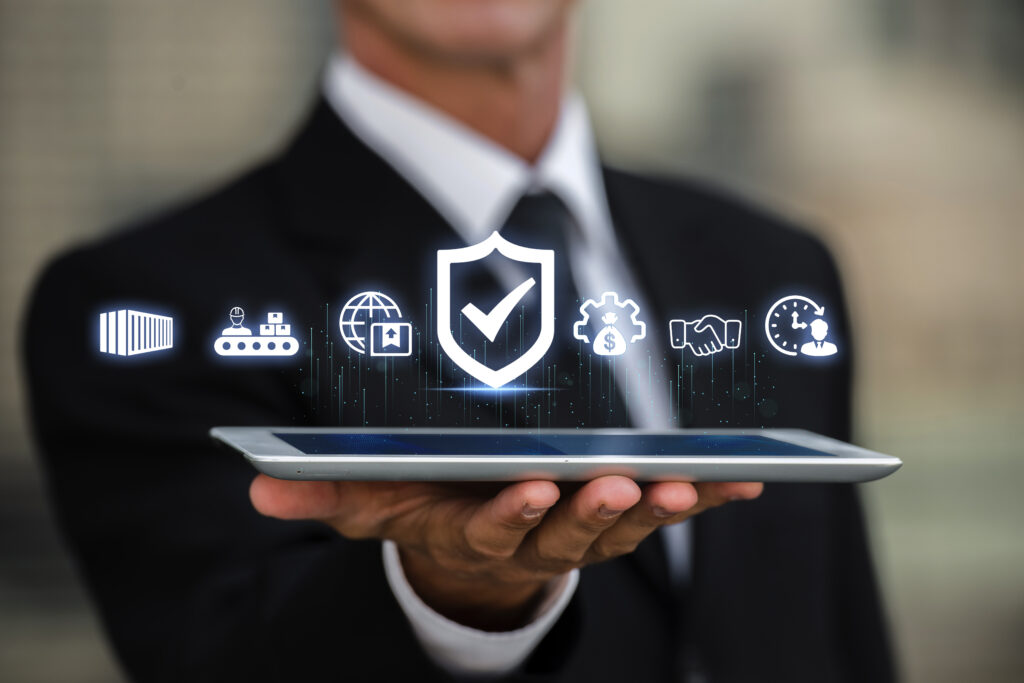Today, more and more companies are moving their operations to the cloud. However, the slightest security breach could put a break to the company’s growth. In this context, it’s essential to adopt stringent and robust cloud security protocols. Zero Trust concept seems to hold the key to reliably protecting the cloud environment.
Zero Trust is a paradigm-shifting approach to cybersecurity. It throws the notion of trust out of the window to protect data, applications, and networks. Traditional security models assume a parameter around an organization and focus on protecting the parameter and blocking outside threats. A significant flaw in this concept is that it assumes that threat can only be external, and all the flawed characters reside on the other side of the parameter. The Zero Trust model, on the other hand, breaks from any such assumptions and treats all the users, both external and internal, as untrustworthy. The Zero Trust approach is simple – in cybersecurity, you must not trust anyone. With Zero Trust company’s have a secure way to give access to their resources. Also, they can limit access to their assets, monitor the traffic, and implement network policies depending upon the need.
Zero Trust Principles
Zero Trust begins with robust user and device authentication to make sure that only authorized users and devices have access.
Access is given based on the least privilege principle, or least privilege access. Only the minimal amount of access required for job performance is granted to users and devices.
The network is separated into more compact, independent pieces. By doing this, the attacker’s lateral movement is restricted, and the impact of the breach is mitigated.
Continuous monitoring allows for real-time detection and response to threats by continuously seeing and analyzing network activities.
Data is encrypted both during transmission and while it is at rest to prevent spying and unwanted access.
Deploying Zero Trust
- Identify and classify data: Start by identifying and classifying sensitive data. Knowing what data is most important allows you to prioritize security measures.
- Apply multi-factor authentication: Require multi-factor authentication for all users to ensure only authorized people have access.
- Implement access controls: Use strict access controls, limiting user and device access to the minimum necessary.
- Network Segmentation: Segment your network to prevent lateral movement in the event of a breach.
- Continuous monitoring: Invest in tools and systems that provide continuous threat detection and monitoring.
Why is there a need for Zero Trust in a cloud environment?
Enterprises have control over their network. They can place measures to shield the data and applications stored on local data centers from unauthorized access. But cloud storage is now a more widespread approach to save and host a company’s applications and data. As the cloud storage centers are not under the organization’s control, some network security protocols can’t be applied there. A cloud environment is different from a traditional network; therefore, it requires a different approach for security.
With remote working on the rise, security parameters do not limit at the doors of the company.
The traditional ‘protect the parameter model’ of cybersecurity is becoming obsolete thanks to the latest developments in processing and storing data and the advent of cloud computing. Given the current standard of remote working, the use of personal devices to access a company’s database and the use of cloud services are on an unprecedented rise. Thus, the security parameters that traditional cybersecurity describes no longer exist. There is no reign on the data, and it can freely enter and exit the system, providing multiple avenues to initiate an attack.
A traditional approach to cybersecurity is not enough anymore
In today’s era, any security model without the Zero Trust approach is inefficient to provide a complete security envelope. The Zero Trust model works on the famous “never trust, always verify” principle. In other words, it does not assume that a threat can only be external but consider every possible scenario, both internal and external, as a launchpad for a security threat.
As more and more corporations move to the cloud, it becomes imperative to expand the definition of cybersecurity and extend it from the most prominent elements, like devices, users, and applications, to the smallest details like processes and behaviors. It’s the only way to effectively implement concrete security measures to prevent security breaches and data loss.
Moving to the cloud has numerous benefits for businesses, but basic security protocols are not enough for this type of environment. The security model for the cloud should compose of a system that is wary of everything. Only in this way could it mitigate the risk of advanced and more sophisticated cyberattacks.
The Future of Zero Trust
As cybersecurity threats continue to increase, Zero Trust is expected to play an increasingly important role in protecting organizations and their digital assets. It provides a proactive approach to security that adapts to the evolving threat landscape. In short, Zero Trust represents a fundamental shift in thinking about cybersecurity, recognizing that trust should not be assumed within a network. By focusing on identity, data protection, and continuous monitoring, organizations can better defend against the sophisticated and persistent threats of the digital age. Zero Trust is more than just a model; it is a mindset and an important step towards securing the future of digital business.



